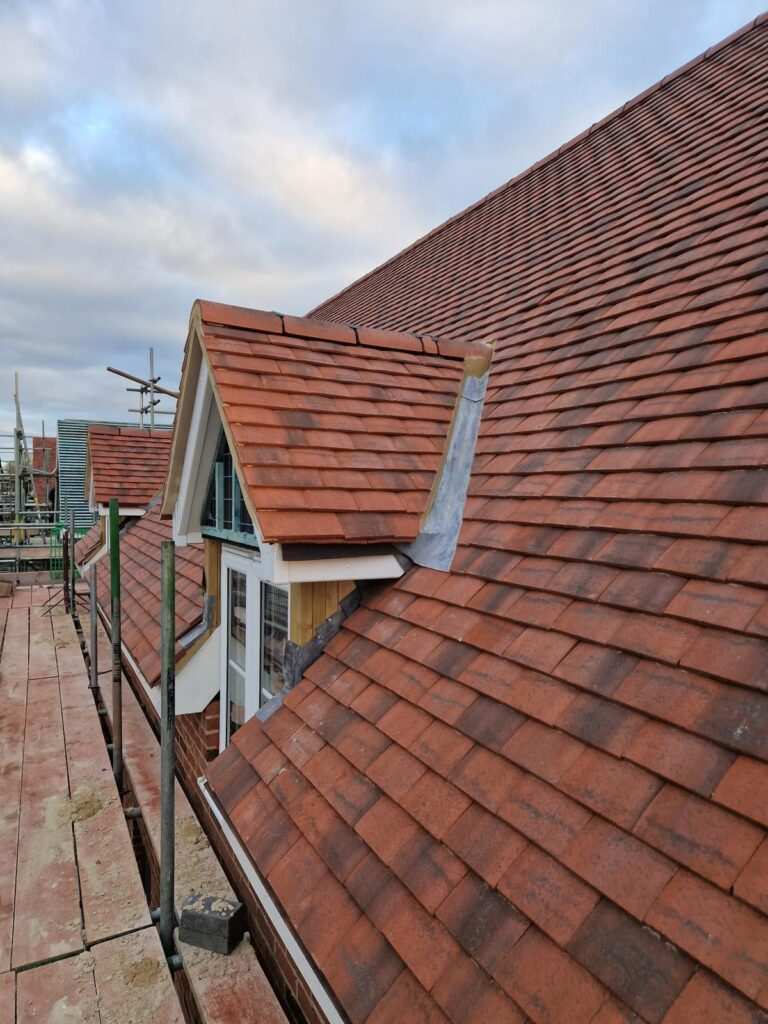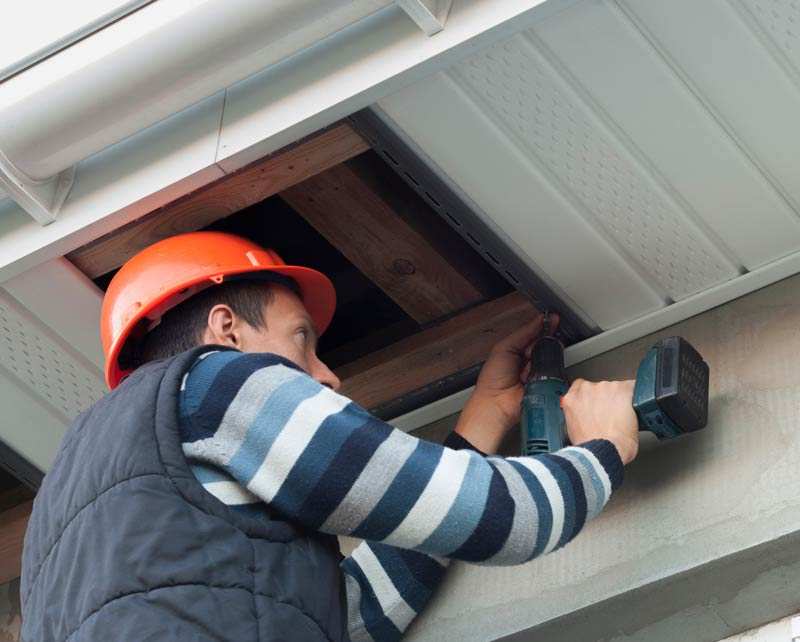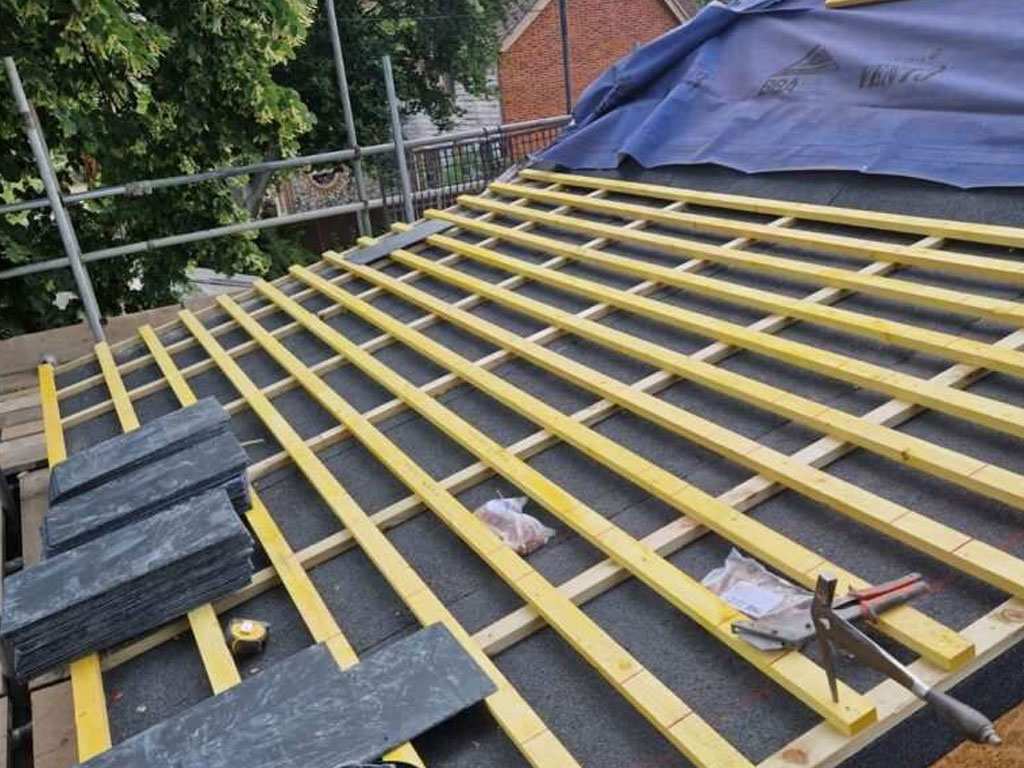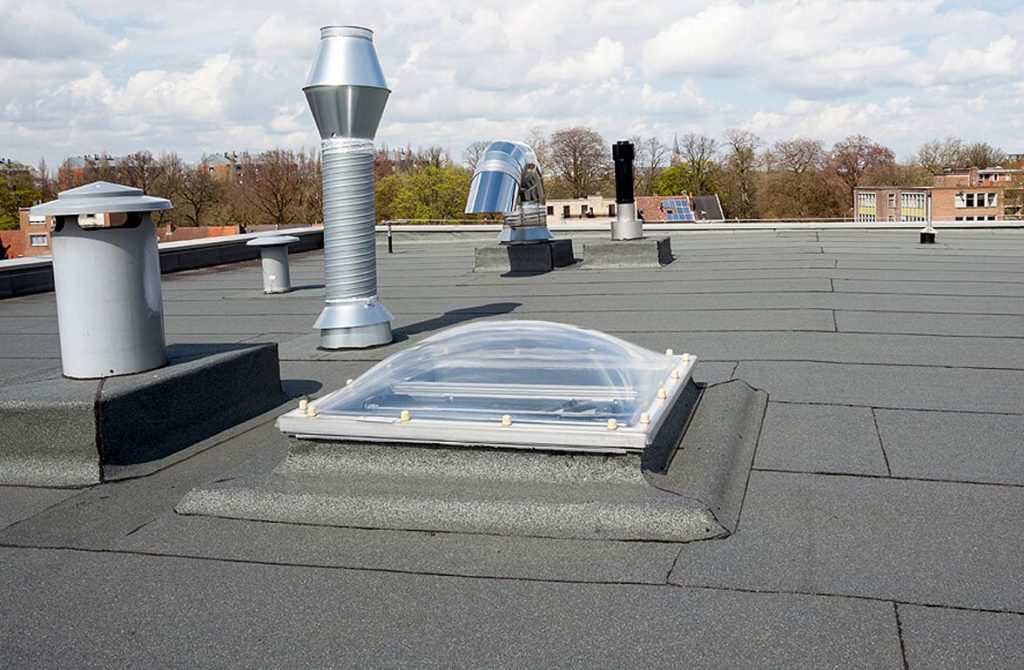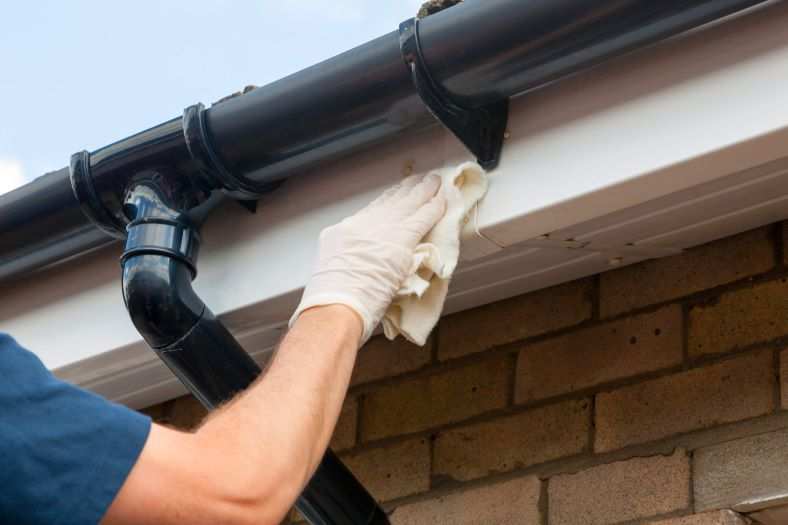Roofing felt, also known as tar paper, is a crucial component of most residential and commercial roofs. Understanding its functions, how to lay, cut, fix it, and its longevity can help you maintain your roof’s integrity and longevity.
Understanding Roofing Felt
Roofing felt is a layer of tar-infused paper or fibreglass mat, providing an extra layer of protection between your roof’s deck and the shingles. It helps prevent leaks, provides additional insulation, and acts as a temporary weather barrier during the construction process.
How to Lay Roofing Felt
Laying roofing felt requires some basic roofing knowledge and the right tools. The process involves rolling out the felt horizontally across the roof, with the lower edge aligning with the edge of the roof. Each subsequent layer should overlap the previous one to prevent water ingress. Secure the felt using roofing staples or nails.
How to Cut Roofing Felt
Cutting roofing felt to size is a simple process involving a utility knife and a straight edge. Measure the size you need, mark the felt, then cut along the lines, ensuring to maintain a straight edge.
The Lifespan of Roofing Felt Under Tiles
The lifespan of roofing felt under tiles depends on several factors, including the quality of the felt, exposure to severe weather, and the quality of the installation. On average, high-quality roofing felt can last anywhere between 20 to 30 years.
How to Fix Roofing Felt
Roofing felt may need repair due to age, storm damage, or physical impact. This process involves removing the damaged section, preparing the area, and installing a new piece of felt. It’s important to ensure the new piece overlaps with the existing felt for proper water shedding.
How Much to Overlap on Roofing Felt
To ensure a water-tight roof, overlapping is crucial when installing the roofing felt. The standard practice is to overlap at least 2 inches on the horizontal and 4 inches on the vertical. This overlap prevents water from seeping into the seams and damaging the roof structure.
Importance of Regular Maintenance
Even the best-installed roofing felt can degrade over time. Regular roof inspections and maintenance can help identify potential problems early and extend the life of your roofing felt and, by extension, your roof.
Professional Help and DIY
While laying and fixing roofing felt is a task that some homeowners undertake, hiring a professional can ensure the job is done correctly, efficiently, and safely. Professionals have the experience and equipment to handle any roofing project.
Conclusion
Roofing felt is a vital element in a roof structure and is a vital part of roofing services, providing a barrier against moisture, enhancing the roof’s durability, and offering added insulation. Understanding how to lay, cut, and repair roofing felt, as well as its average lifespan, can greatly assist in maintaining the health of your roof. However, when in doubt, it’s always a good idea to consult with a roofing professional. Regular maintenance and timely repairs can ensure your roof – and the invaluable home it protects – remains secure for years to come.

